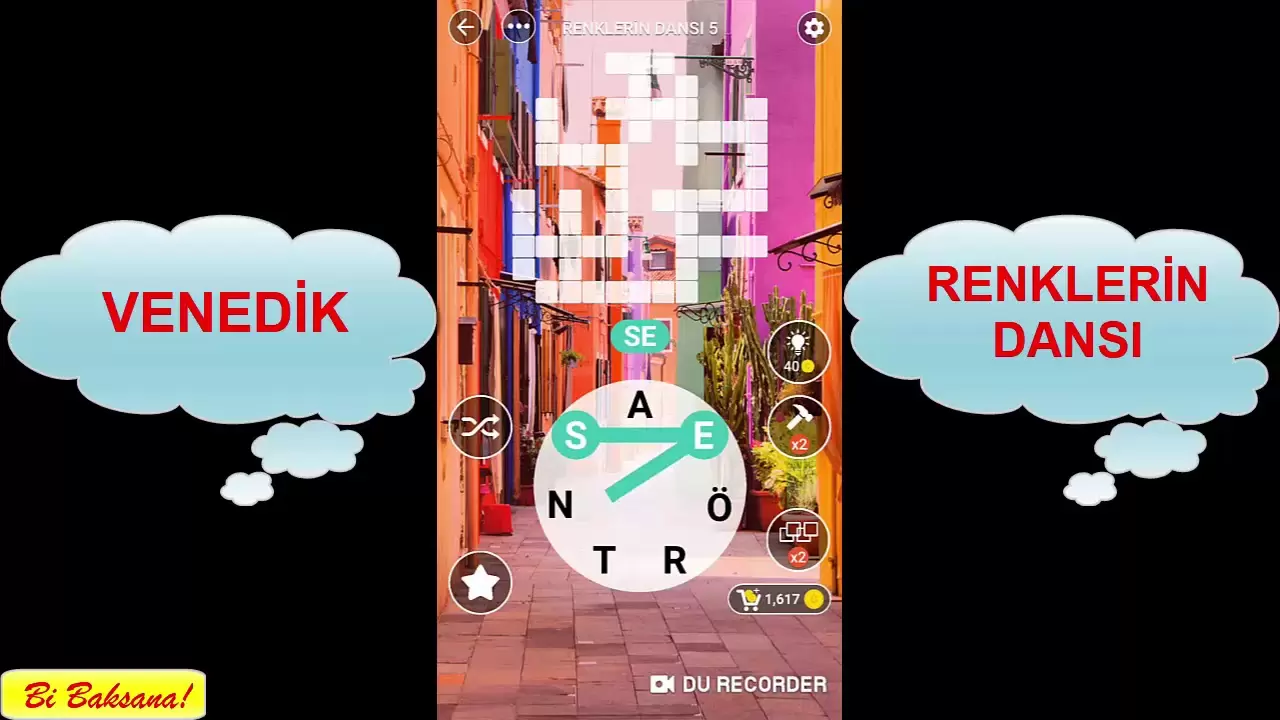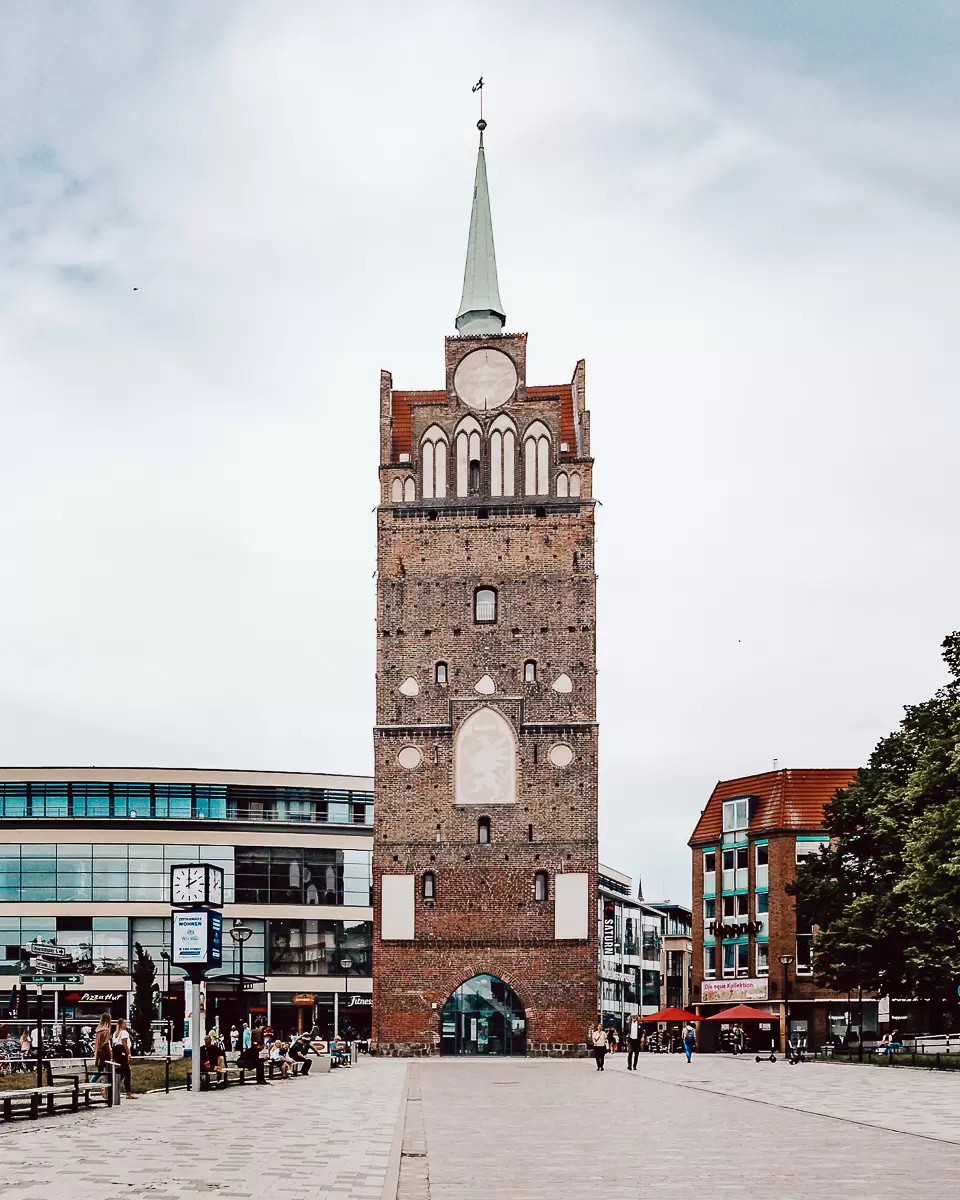Rostock is a city located in the north of Germany. There are many places in this city that attract tourists' attention. However, one of the most striking features of Rostock is its colorful houses. The houses in Rostock seem to dance with their vibrant colors. These colorful houses reflect the historical texture of the city. Most of the houses in Rostock were built in the 19th century and reflect the architectural styles of that period. The colorful houses contribute to Rostock's importance as a tourist destination. Tourists come to Rostock to explore these houses. The dance of colors adds beauty to the beauty of Rostock.
The History and Features of the Colorful Houses in Rostock

Rostock is a city in the north of Germany and is famous for its historic Colorful Houses. These houses are located in the historic center of the city and attract tourists.
The history of the Colorful Houses dates back to the 14th century. At that time, most of the houses were made of wood and had no color. However, in the 16th century, most of the houses were rebuilt and this time made of brick. At this time, the colors of the houses began to change and were painted in different colors.
The features of the Colorful Houses include being painted in different colors, being made in different shapes, and mostly being three or four stories high. In addition, most of the houses were made by craftsmen in historic times and are therefore important architecturally.
The current status of the Colorful Houses is quite good. The city administration is making efforts to restore and preserve the houses. In addition, there are places such as museums, cafes, and souvenir shops inside the houses to attract tourists.
In conclusion, the Colorful Houses in Rostock are an important part of the city's historical and cultural heritage. These houses are one of the most beautiful tourist destinations in Germany and should be visited.
Photography of Colorful Houses in Rostock: Tips and Tricks

Rostock is a city located in the north of Germany. This city attracts tourists with its historical texture and colorful houses. Photography of colorful houses is also a popular activity in Rostock. This article will provide information about tips and tricks for photographing colorful houses in Rostock.
Firstly, it should be noted that the best time for photographing colorful houses is in the morning. Since the angle of the sun is lower in the morning, the colors of the houses will appear more vivid and clear. Also, the streets are quieter in the morning, creating a more suitable environment for taking photos.
We can say that the best angles for photographing colorful houses are photos taken from high points. Therefore, taking photos from the towers of churches or attics in Rostock will give impressive results. Additionally, beautiful photos can be taken from the edges of canals passing in front of the houses.
Another important point for photographing colorful houses is the use of proper lighting. If the correct lighting is not used when taking photos, the colors of the houses may appear pale and lifeless. Therefore, using the correct light sources when taking photos is important. Especially, taking advantage of sunlight and using natural light sources will make the photos appear more vivid and impressive.
In conclusion, photographing colorful houses in Rostock is a very enjoyable activity. Photos taken in the morning, from high points, and using the correct light sources will reflect the colors and historical texture of the houses in the best way possible. Therefore, travelers visiting Rostock are recommended to take the time to photograph the colorful houses.
The Relationship between the Colorful Houses in Rostock and Local Culture and Art
Rostock is a city located in the north of Germany. One of the most remarkable structures in the city is the Colorful Houses. Colorful Houses is an area consisting of houses built in the 19th century and painted in different colors. These houses have become one of Rostock's symbolic structures and are closely related to local culture and art.
Colorful Houses is an important structure that reflects Rostock's historical texture. These houses have been restored to preserve the city's historical texture. Colorful Houses are part of the efforts to preserve Rostock's historical texture.
Colorful Houses also have an important place in Rostock's art and culture scene. These houses are an important part of Rostock's art and culture scene. Colorful Houses also host many events held in Rostock.
In conclusion, Colorful Houses are one of Rostock's symbolic structures and are closely related to local culture and art. These houses are part of the efforts to preserve Rostock's historical texture and have an important place in Rostock's art and culture scene. Additionally, Colorful Houses host many events held in Rostock.
Tourist Trip to the Colorful Houses in Rostock: What Can Be Done?

Rostock is a city in the north of Germany and is a region rich in tourism. One of the most popular tourist attractions in the city is the Colorful Houses. The Colorful Houses are a series of colorful houses located in the historic center of Rostock. These houses reflect many different architectural styles that reflect the city's historical texture dating back to the 14th century.
A tourist trip to the Colorful Houses is one of the most enjoyable activities to do in Rostock. During this trip, visitors can explore the city's historical texture while participating in many different activities. For example, they can visit the Rostock Cathedral, which is located near the Colorful Houses. This cathedral is one of the most beautiful examples of Gothic architecture and contains many historical artifacts.
During the tourist trip to the Colorful Houses, visitors can also explore other tourist attractions located in the city's historic center. For example, they can visit the historic market square in Rostock. Here, they can buy local products and feel the city's historical texture more closely.
The tourist trip to the Colorful Houses also offers many different restaurant and cafe options. Visitors can taste the local cuisine and get to know the culture of northern Germany more closely.
In conclusion, a tourist trip to the Colorful Houses is one of the most enjoyable activities to do in Rostock. During this trip, visitors can explore the city's historical texture while participating in many different activities. The Colorful Houses are one of the most important tourist attractions in Rostock and a must-see for visitors.
Architectural Design and Aesthetics of the Colorful Houses in Rostock

Rostock is a city located in the north of Germany. The Colorful Houses in this city stand out with their architectural design and aesthetics. The Colorful Houses were built in the 18th century and are among the important structures that make up the historical texture of the city.
The Colorful Houses were built in the Baroque style. Buildings made in this style are adorned with ornate and showy details. The Colorful Houses also carry the characteristics of this style. The exterior of the buildings is painted with vibrant colors and enriched with decorations. This colorful facade ensures that the buildings stand out from the other buildings in the city.
The aesthetics of the Colorful Houses are not limited to their exterior. Their interiors are also quite remarkable. The ceiling decorations, wall paintings, and furniture inside the buildings carry the characteristics of the Baroque style. These details complete the aesthetics of the buildings.
The Colorful Houses attract attention not only with their architectural design and aesthetics but also with their historical importance. At the time the buildings were constructed, Rostock was an important port city. The Colorful Houses contributed to the development of the port and are among the important structures that make up the historical texture of the city.
In conclusion, the Colorful Houses are among the important structures of Rostock with their architectural design, aesthetics, and historical importance. These buildings, with their lively colorful facades carrying the characteristics of the Baroque style, interior decorations, and historical importance, attract the attention of visitors.

Comments